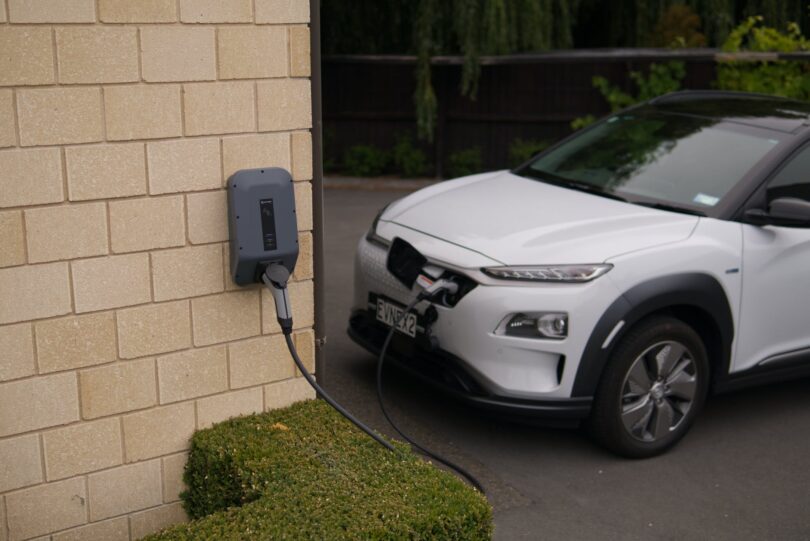Garrett Motion (GTX) is the world’s largest manufacturer of automotive turbochargers with 35% global market share and over $3 billion in annual revenue. A former Honeywell subsidiary, Garrett has been in the turbocharger business for over 60 years. The company, shares a duopoly position with #2 market leader, BorgWarner (30% market share).
Garrett was spun out of Honeywell in late 2018 under the official guise of “business simplification.” In reality, Honeywell used the spinoff to dump over $1.3 billion of asbestos litigation claims associated with its old Bendix brake business from the 1980s. As a result, Garrett was stuck making onerous annual payments to resolve asbestos claims associated with a business that it had nothing to do with. After numerous negotiation attempts with Honeywell failed, Garrett voluntarily filed for Ch. 11 in September 2020.
Companies usually often file for bankruptcy due to either liquidity or solvency issues. In most of these situations, the poor business economics that led to the bankruptcy in the first place have not changed post-restructuring.
However, a third more rare reason for filing bankruptcy exists: to restructure a contingent liability that is unrelated to the core business. In this case, Garrett filed because it had more leverage in the Chapter 11 process to reduce its Honeywell asbestos payments. After a 7-month long reorganization and competitive auction process, GTX emerged in April 2023 with the original equity intact, a cleaner balance sheet, and significantly reduced asbestos liabilities.
As a quick industry overview, a turbocharger uses a vehicle’s exhaust gas to spin a fan that forces more air (and thus more fuel) into an engine than it could otherwise naturally consume. It allows an engine to generate as much or more power than a larger non-turbo engine, thereby reducing emissions and improving fuel economy (by up to 20% and 40% for gasoline and diesel engines, respectively). As a result, the adoption of turbochargers has increased significantly over the last two decades as fuel efficiency and emission standards have become stricter across the world. In 2000, only 1% of light-duty vehicles came with turbochargers. By 2019, ~50% of all new light-duty vehicles produced globally came equipped with a turbo. This figure is growing annually (excluding 2020), as turbos continue to be heavily incorporated into both pure-ICE and hybrid vehicles. Thus, despite the looming shadow of electric vehicles, the global turbocharger industry is expected to grow at a ~10% CAGR until 2027, with Asia becoming the fastest growing and largest market.
Garrett has an impregnable competitive position with high barriers to entry in the industry. In fact, Bosche and Mahle, two of the largest auto suppliers in the world, formed a JV in 2008 to capitalize on the anticipated skyrocketing demand for turbochargers and in the process, try and break the Garrett/BorgWarner duopoly.
Almost a decade later, despite the turbo market’s actual growth surpassing all projections, Bosche and Mahle conceded and sold the JV to a Hong Kong PE firm in 2017. The reason was that they failed to achieve economies of scale and gave up trying to invest more capital to try and make more headway into the industry.
Essentially, the 60+ years of engineering, product development, and auto OEM relationships at both Garrett and BorgWarner proved impossible to beat. Furthermore, turbochargers are incorporated into engines early in the design process and years in advance, leading to very high switching costs once production begins.
This also gives GTX strong revenue visibility, with 95% of 2023, 88% of 2023, and 80% of 2024 revenues already contracted. The company is also well-diversified across geographies and customers.
The elephant in the room, of course, is electric vehicles. Since EVs have no exhaust, turbochargers will be nonexistent in a full EV world. However, we are still extremely far away from that, and even as the EV market continues to rapidly grow, it will only further speed up the adoption of turbochargers as the pressure ramps up on ICE and hybrids to become more fuel efficient and powerful.
The proposed holding period for this investment is much shorter than the time it will take for the turbocharger market to begin declining due to EVs (likely closer to 2030 and beyond).
Currently, GTX shares trade at ~6x 2023 earnings and ~5x 2023 earnings vs. 12x and 11x at BorgWarner. GTX also has 20% higher EBITDA margins than Borg (18% vs. 15%) and nearly identical leverage (1.1x vs 0.9x). GTX is also growing revenues faster than BWA and the overall industry: Q1 2023 revenues came in +19% over Q1 2019 (since 2020 comparisons are irrelevant), while BWA Q1 2023 revenues were flat, and the global auto market was down more than 11% seasonally adjusted. Given that Garrett is growing by a double digit margin over both its largest competitor and the overall industry, it can even be argued that the stock deserves to trade at a premium to BWA.
It has also become evident that management projected very conservative financials to its lenders during restructuring. This was likely to minimize the perceived value of the business while financing was lined up and to keep the stock price low as the new compensation structure and associated stock and option strike price awards were being set. To illustrate, Q1 2023 guidance given in late February to lenders was $868 million revenue and $129 million EBITDA. Actual numbers came out to $997 million revenue and $176 million EBITDA. Thus, there’s a strong chance we will get the sweet spot of both multiple expansion and stronger-than-expected earnings growth.
Several prominent PE firms and distressed debt hedge funds including Oaktree, Centerbridge, and Baupost led the company out of the restructuring process and provided most of the equity injection in the form of convertible preferred stock ($5.25 conversion price, 1:1 common). Including the now in-the-money preferred stock that will be mandatorily converted in under 2 years, these firms collectively own over 75% of GTX and are very incentivized to see the share price trade much higher.
The stock was already uplisted onto the NASDAQ in early May, which provided a nice bump to the stock price. Remaining catalysts include the listing of the preferred stock, planned simplification of the capital structure (from currently equity + 2 classes of preferred stock + bank debt to just equity + bank debt), and continued strong financial performance. Full sell-side analyst coverage should also resume in the near future, further attracting more investor interest.
Bottom line is Garrett did not enter restructuring because it had liquidity or solvency issues. In fact, the company continued to generate strong financial results throughout that time. Now that the company has emerged, we have the opportunity to buy a high-quality, growing business at a huge discount, thanks to the bankruptcy association (regardless of the reason). I expect the stock to re-rate significantly as the company continues to generate strong financial results, and the bankruptcy connotation wears off over time.




